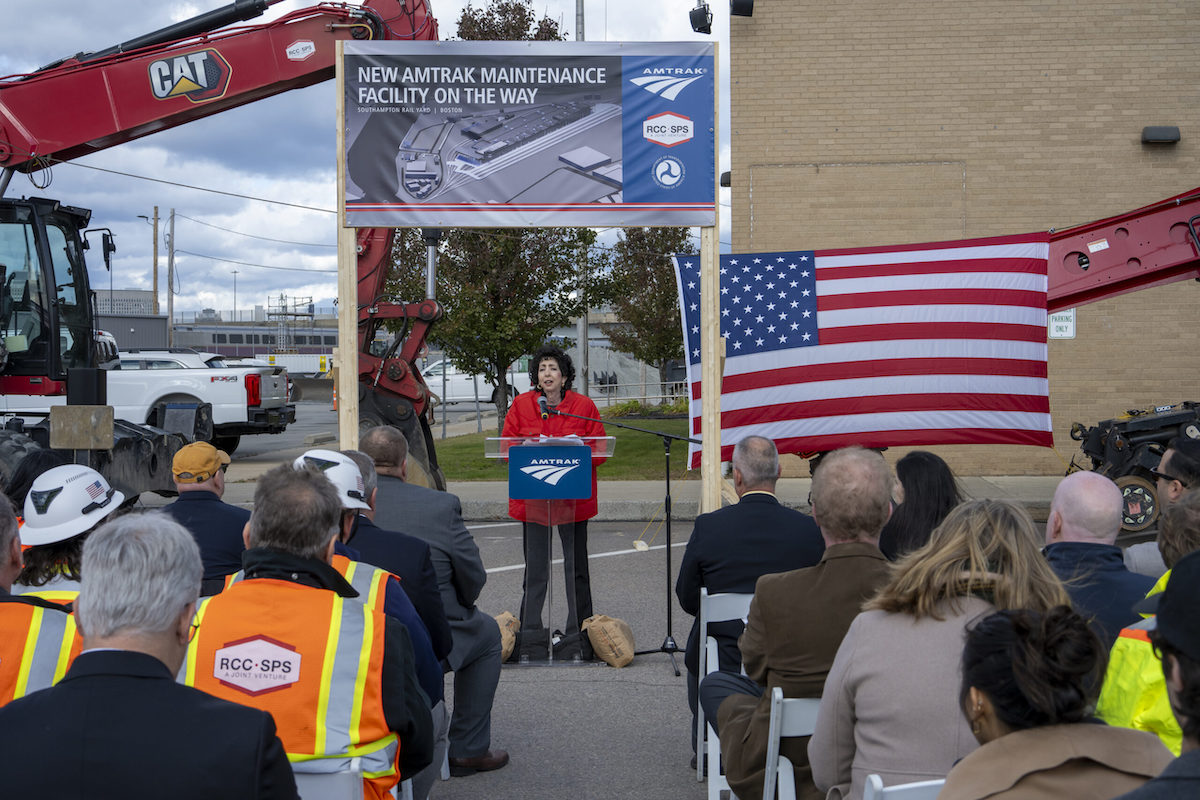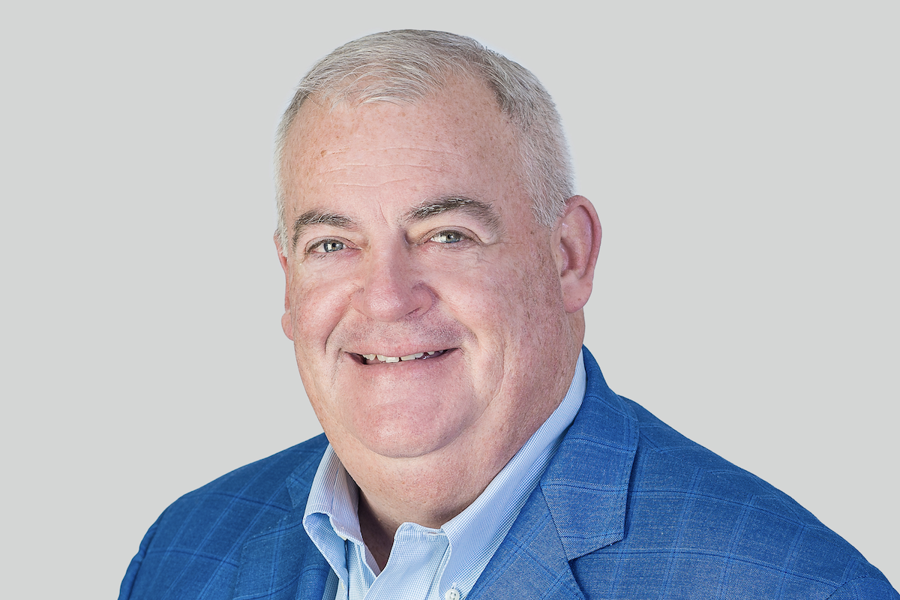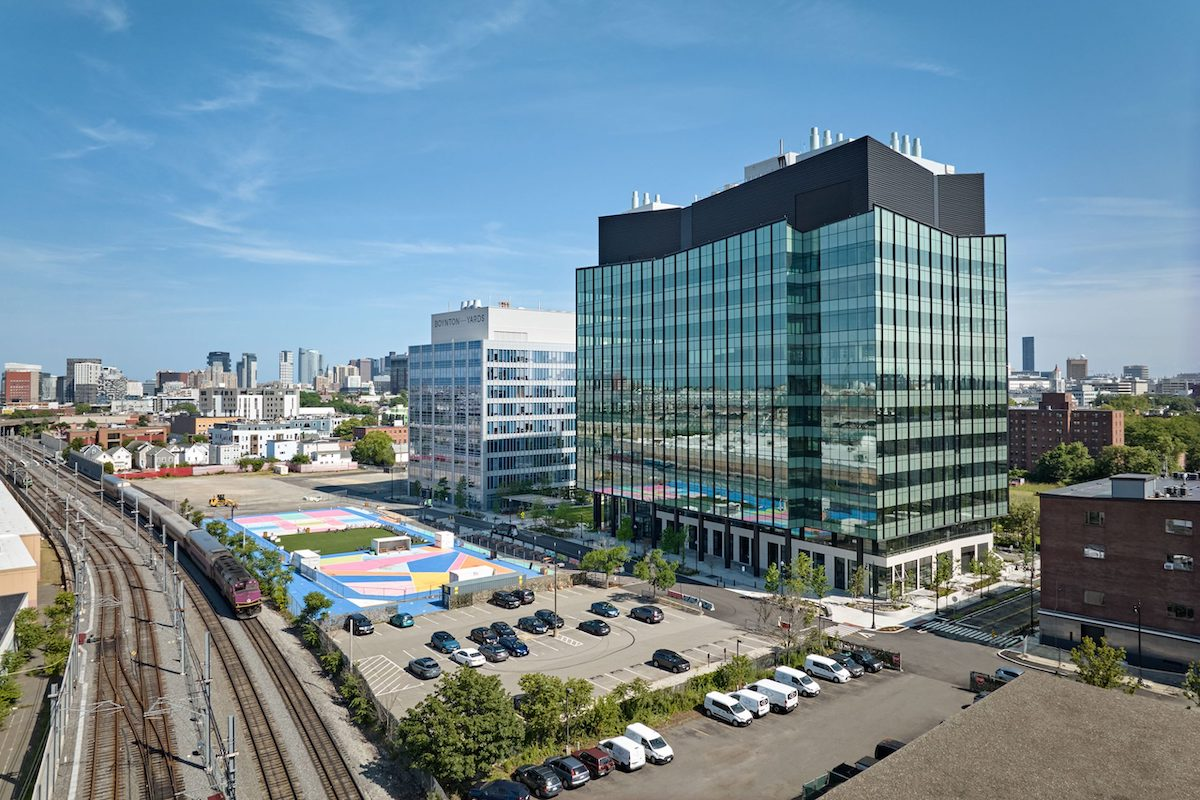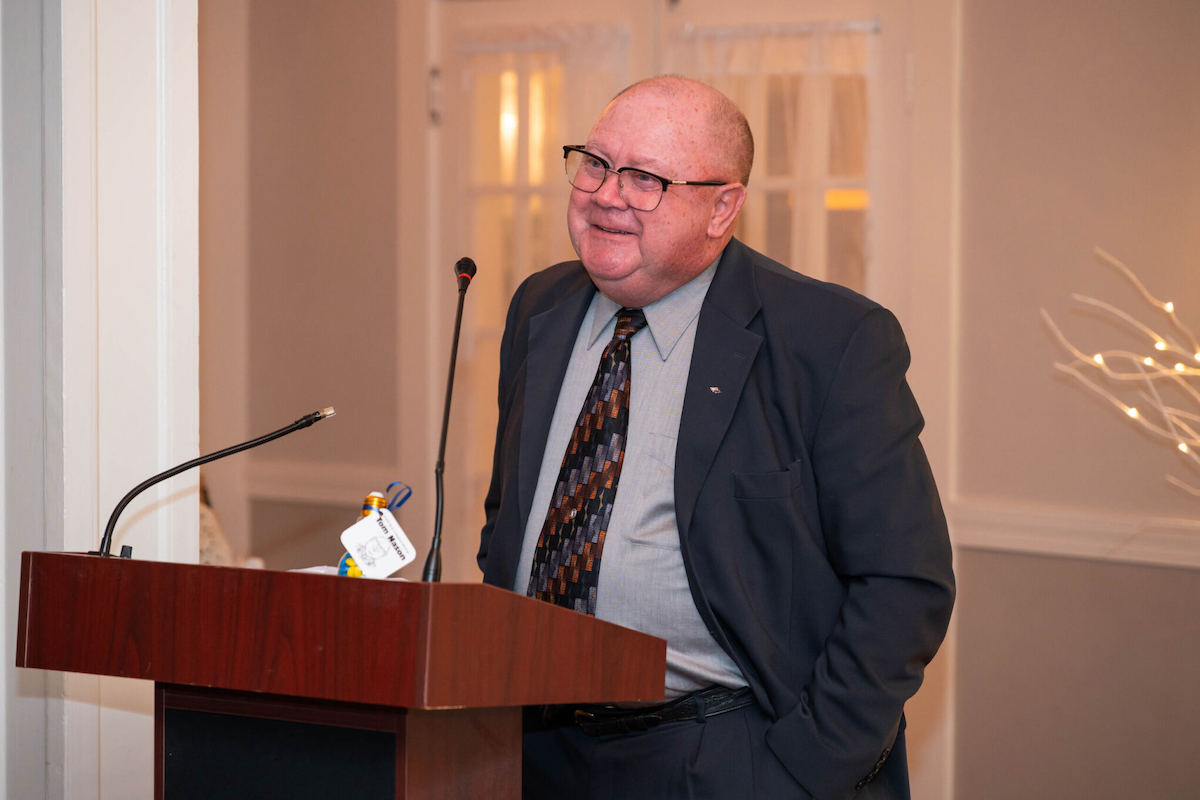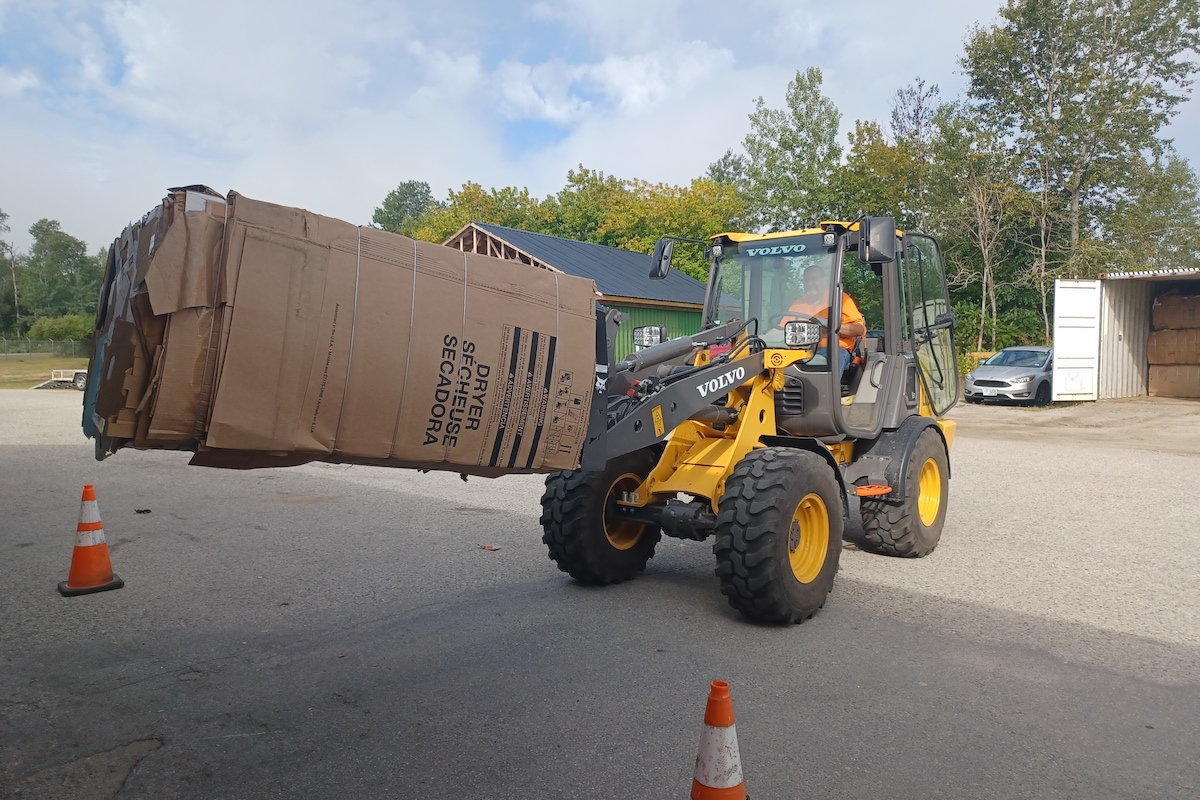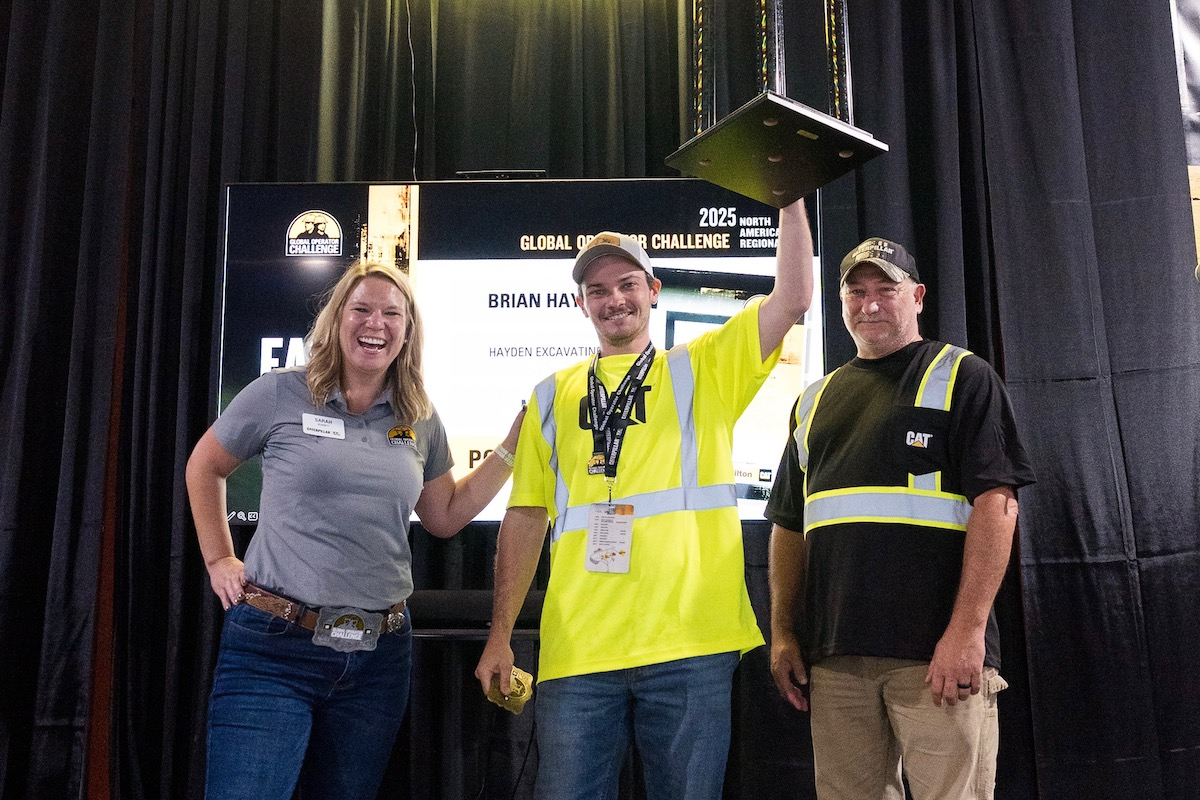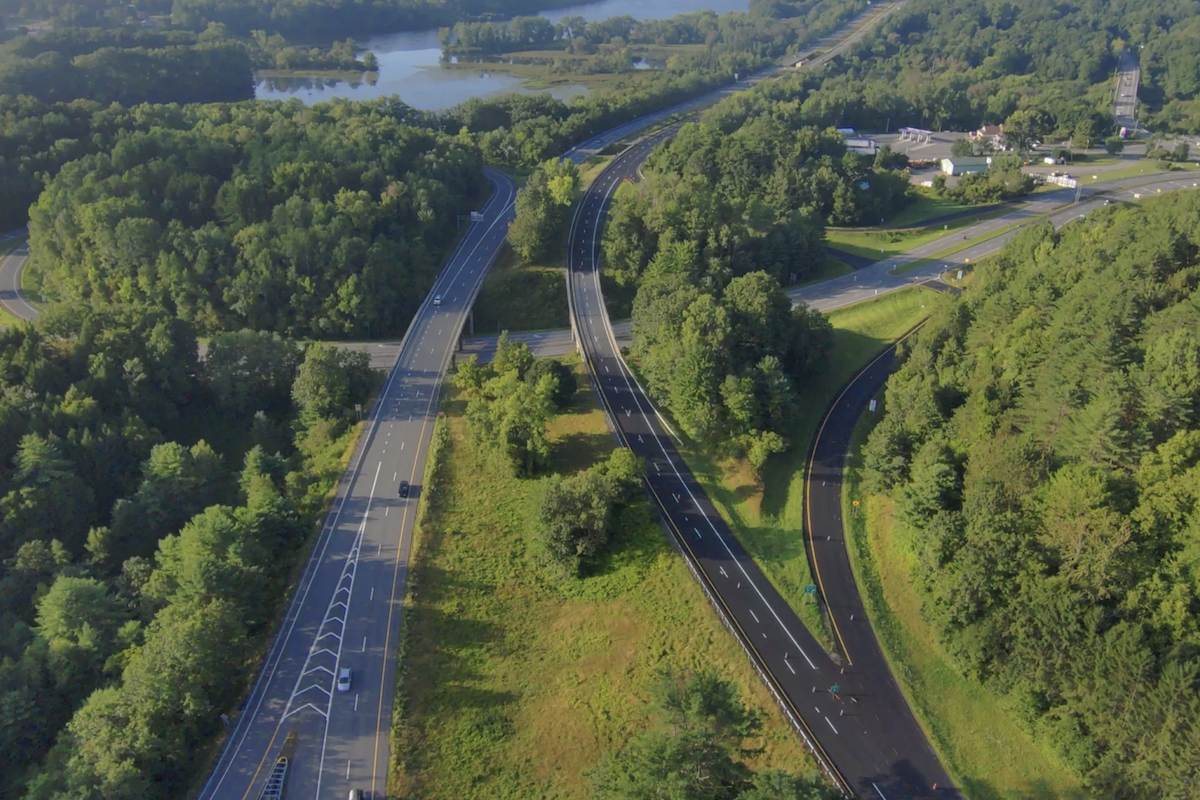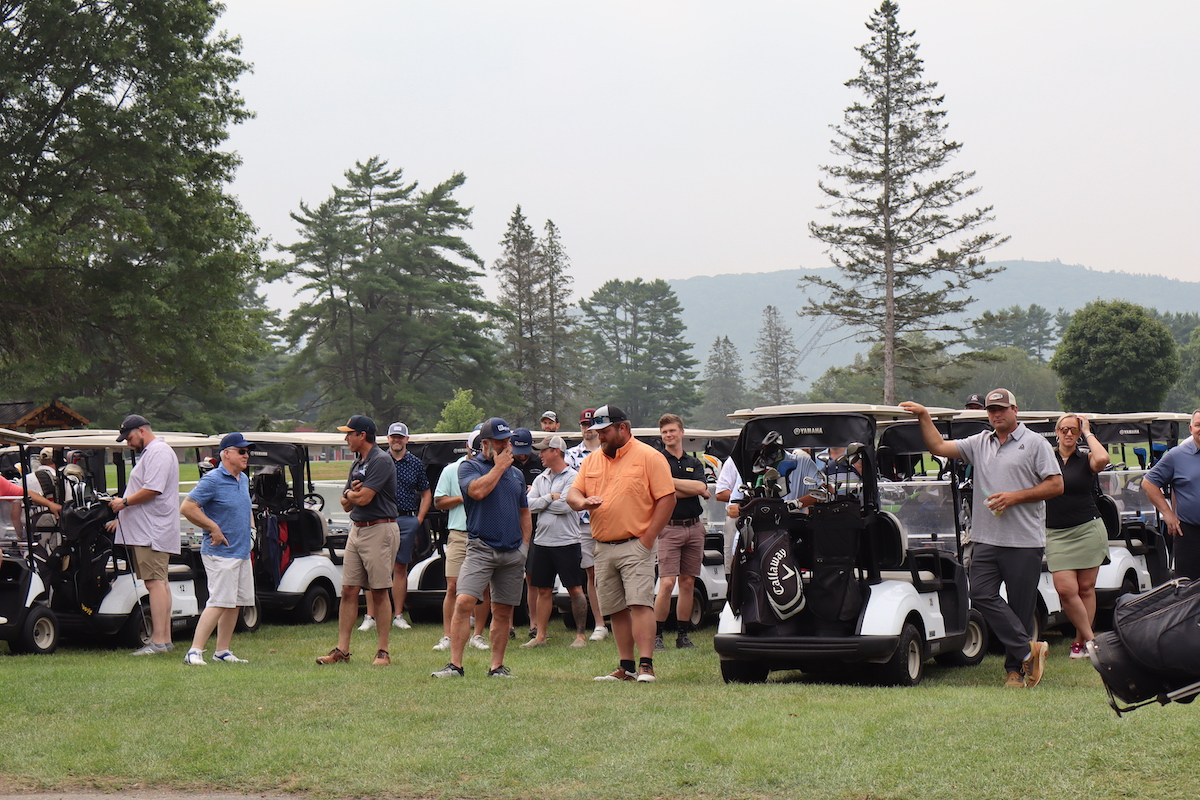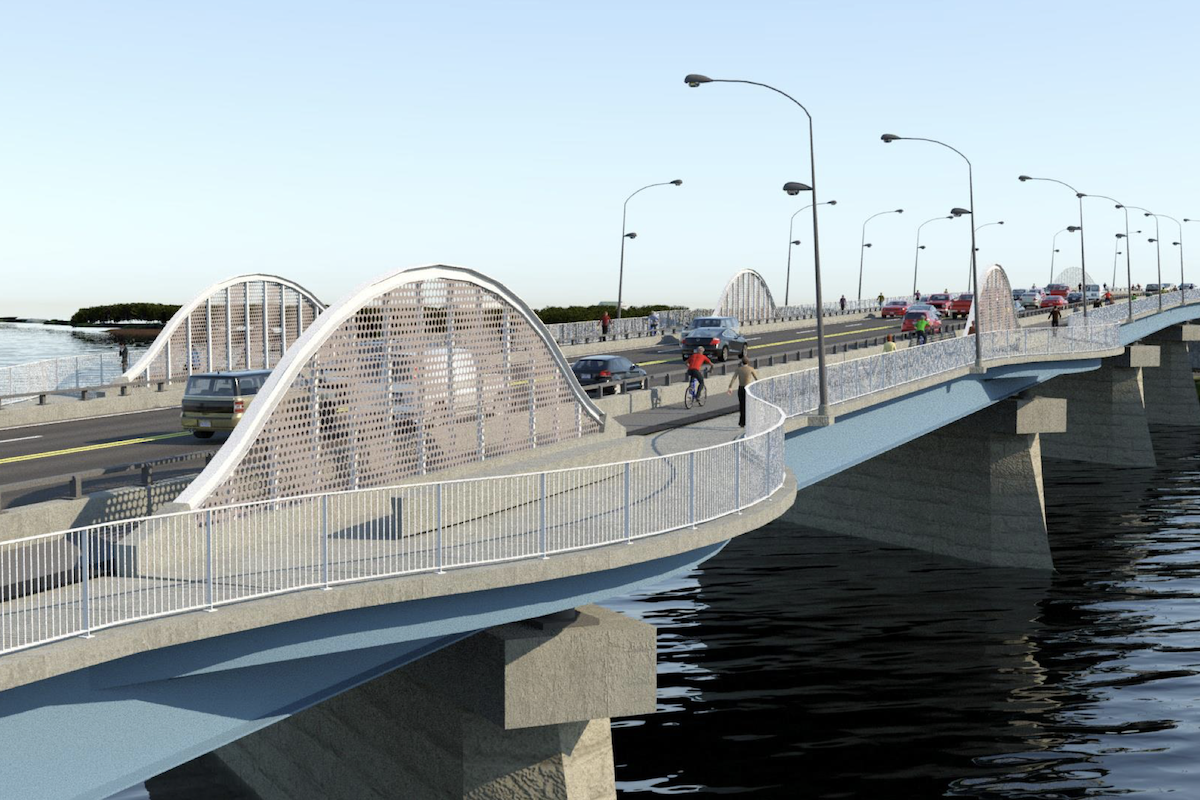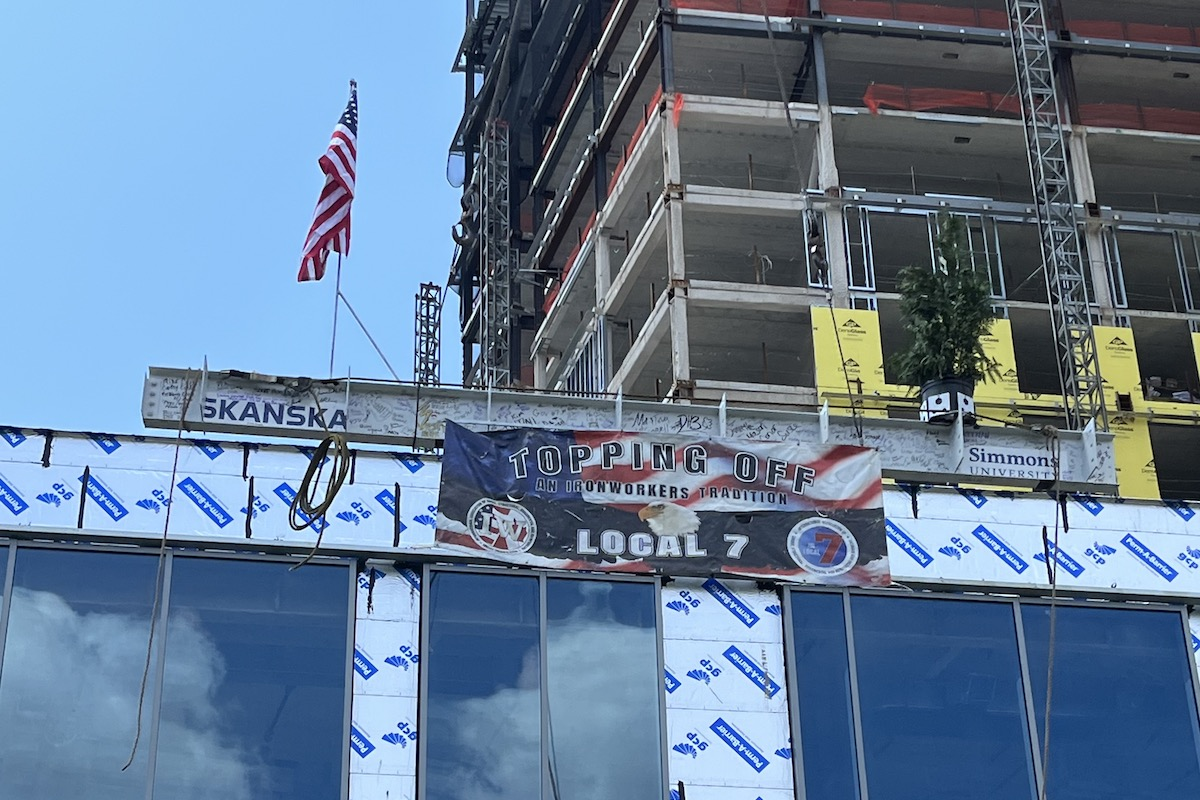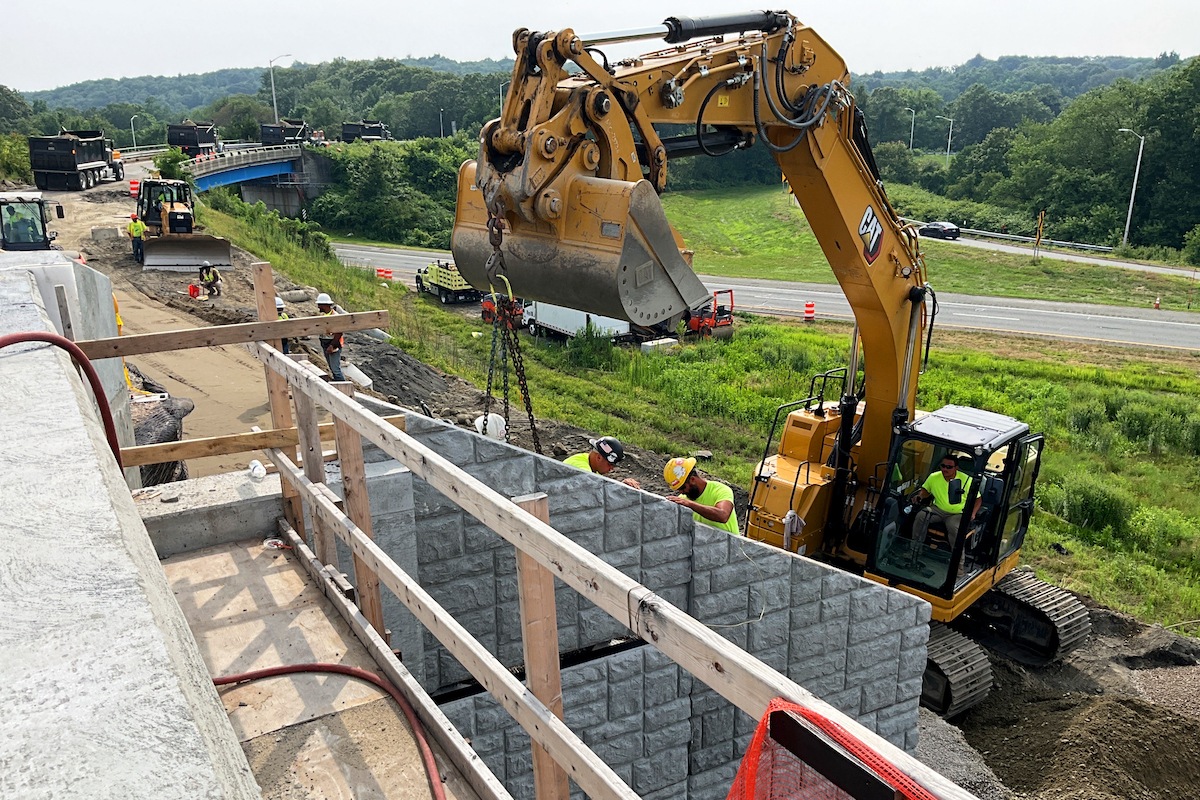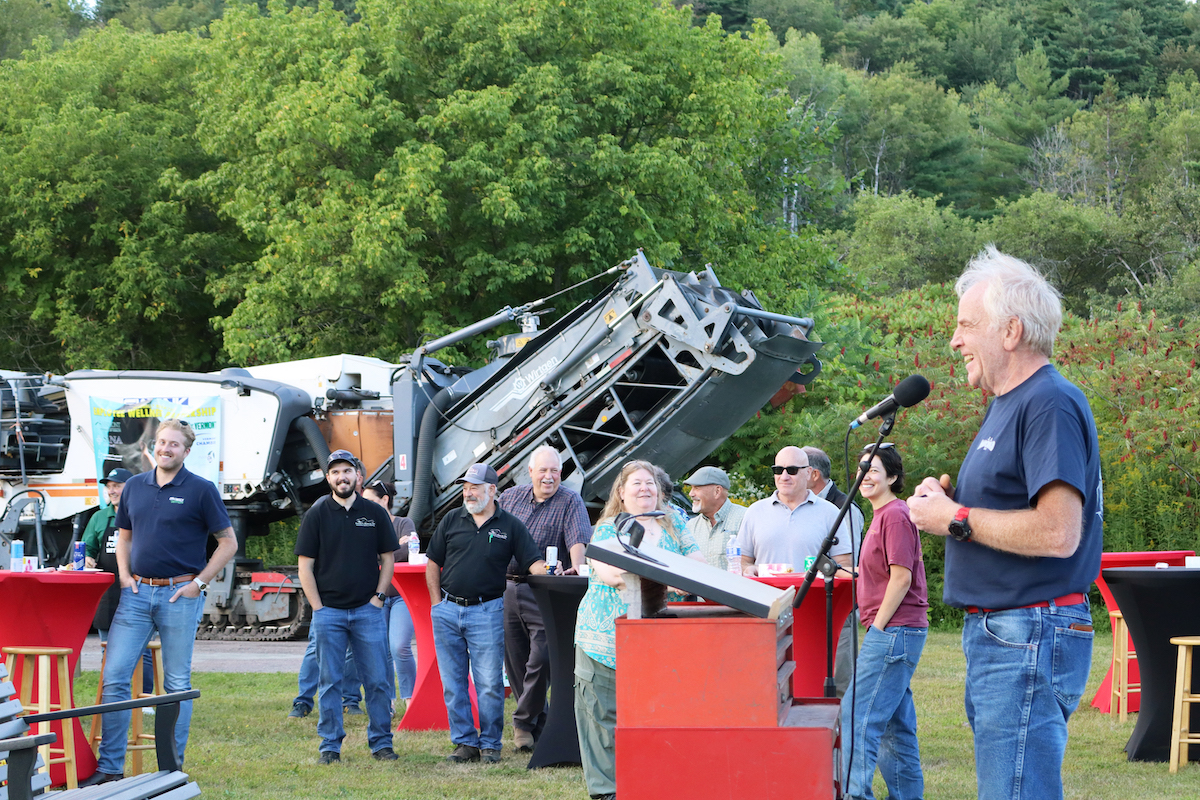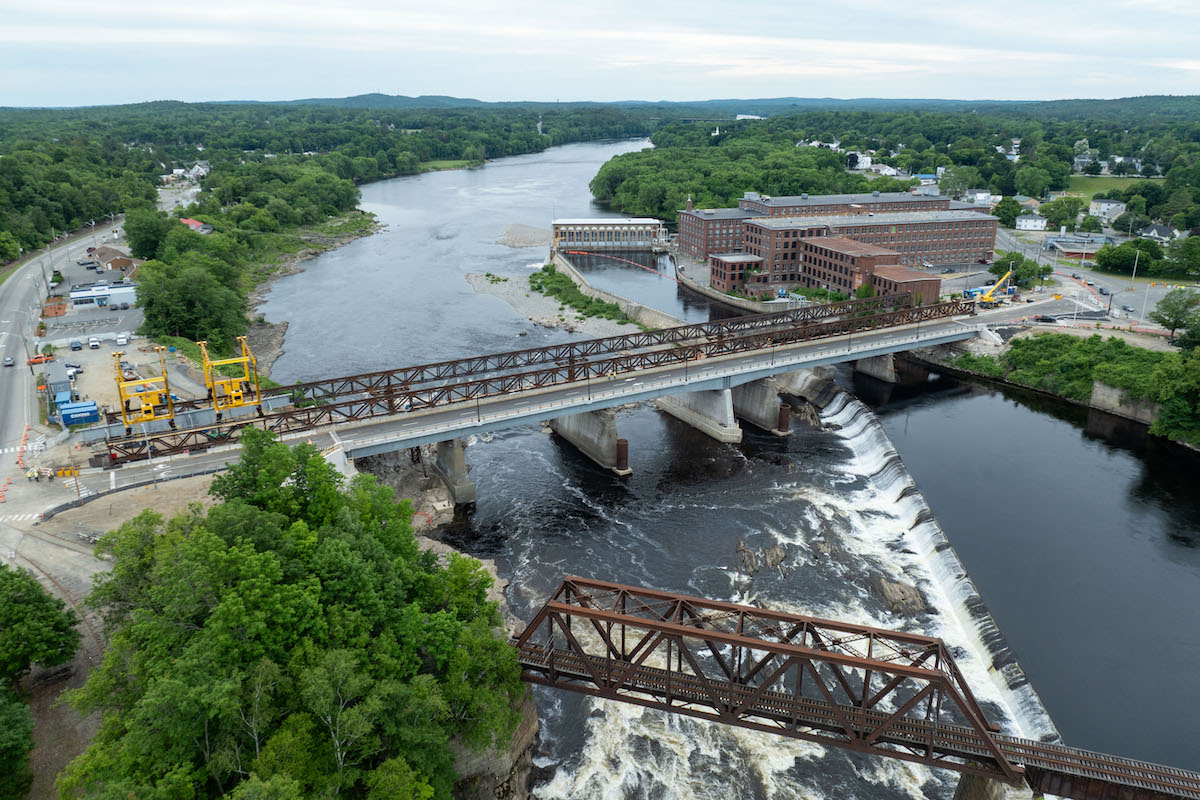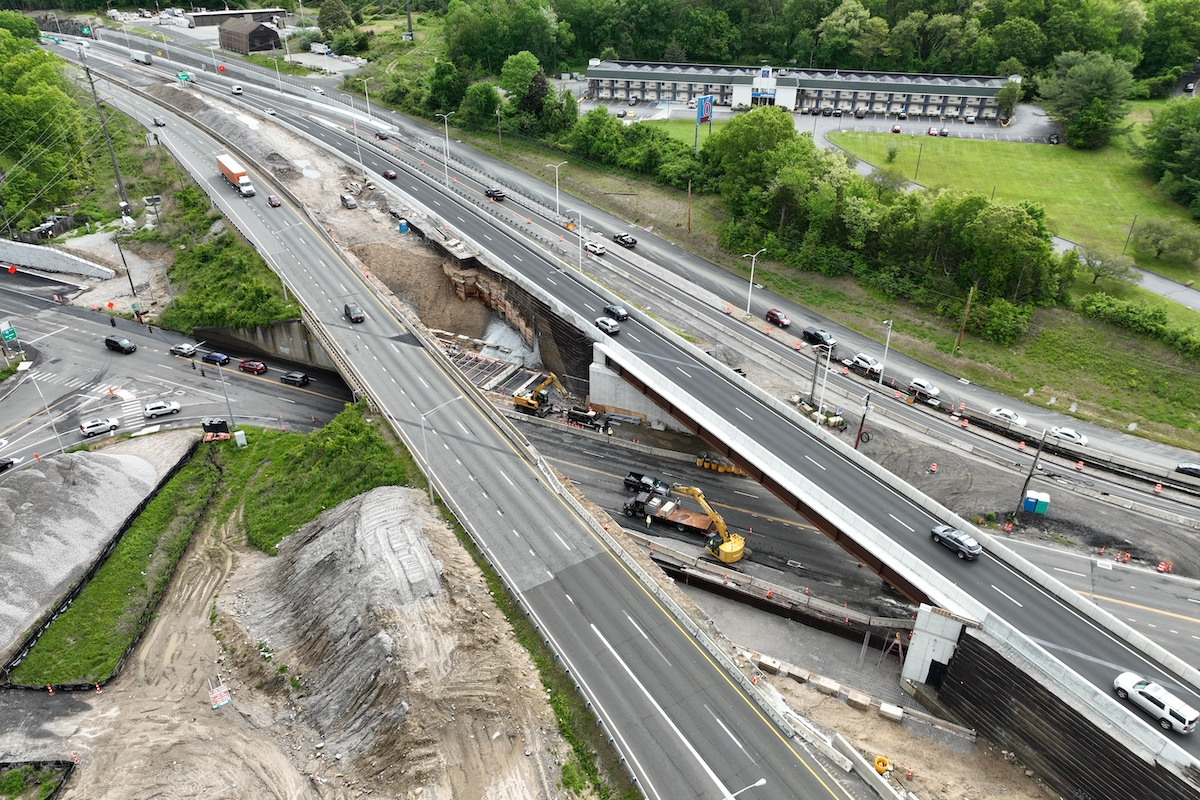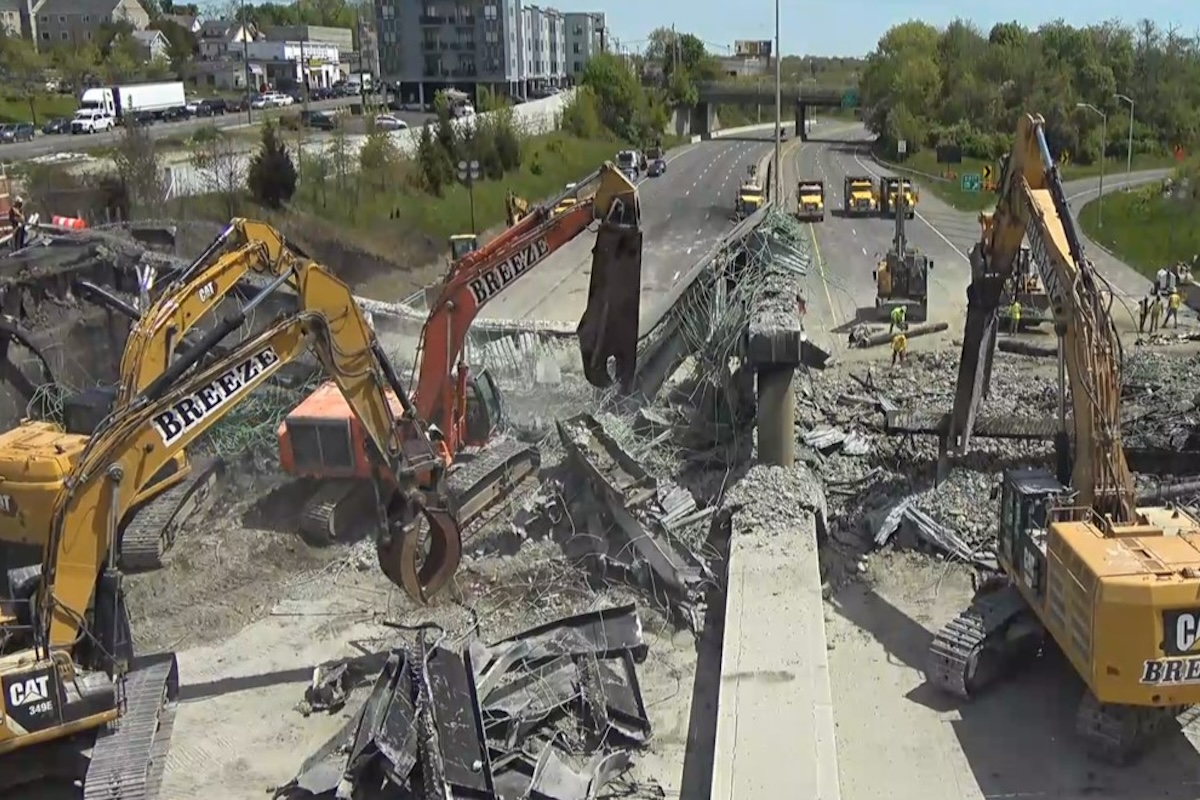“This is the oldest section of interstate in Oklahoma,” says Seth Buchanan, Assistant District Engineer for construction in Oklahoma Department of Transportation’s District 8. “We are updating everything up to current interstate standards with a better design from a traffic management standpoint.”
I-44 was built in the 1950s and this section is the oldest in the state. The interchange has a cloverleaf design, which has become over capacity, as the communities to the south of Tulsa grew in population. When the cloverleaf was built, it was in a rural area, but now it is in the metro and unable to handle the traffic volumes.
About 148,000 vehicles pass through the intersection daily. U.S. 75 serves as a major commuter route for residents of Jenks and Glenpool who work in Tulsa. More than 10,000 people have moved into Jenks since 2010 and nearly 4,000 have located in Glenpool during that same time period. And I-44, with industrial and manufacturing facilities along the route, serves as a freight corridor, carrying about 14 percent trucks, with freight traffic also growing rapidly.
Collision rates on I-44 and U.S. 75 are more than four times higher than on similar highways in the state. Nearly half in the accidents during the past decade were rear-end crashes, related to the congested conditions.

| Your local Trimble Construction Division dealer |
|---|
| SITECH Northeast |
Reconfiguring the cloverleaf ramps is a critical part of the project. The first phase also included widening and reconstructing I-44 from four to six lanes, from the west side of the Arkansas River bridge to Union Avenue; replacing five functionally obsolete and narrow bridges with slab spans; and building some additional piers for future flyover bridges to be used in later phases. The highway was paved with concrete for its long-term durability. It required 130,000 square yards of concrete.
ODOT received a $45 million federal Infrastructure for Rebuilding America (INFRA) grant in 2018 to financially support the project.
Garver, with an office in Tulsa, designed the project. ODOT provides oversight in house for the construction.
The contractor used GPS on its equipment. The project entailed 286,000 cubic yards of earthwork; removal of 71,000 square yards of pavement; construction of more than 3,000 square feet of retaining wall, about half pre-cast and half cast in place; and placement of 9,500 linear feet of reinforced concrete pipe storm sewer.
The project included constructing new bridges on U.S. 75 over I-44 and Mooser Creek at the southern end of the project and building a new bridge on Union Avenue over I-44 to allow for the expansion of the interstate. The contractor took precautions during storms to keep the creek water clean from sediment and erosion. Mooser Creek runs into the Arkansas River, about a half-mile to the east of the interchange. ODOT hired a third party to monthly monitor stormwater management using drones.
The bridges over I-44 have steel girders, and the ones over Mooser Creek have concrete girders. The work took place on land. The bridge foundations required 5,333 linear foot of drilled shafts and the abutments 3,700 linear feet of pilings. Crews also replaced old, short median barriers with a 42-inch-high concrete barrier.
The bridges over U.S. 75 were widened to accommodate up to eight lanes for potential future expansion.
For most of the project, Sherwood kept two lanes on the interstate and U.S. 75 open to traffic, but for a short period of time, U.S. 75 was reduced to one lane in each direction due to the narrow existing bridges. Ramp movements also were closed for safety reasons. Many commuters detoured to Interstate 244 to the west.
“We had an innovative contractor,” Buchanan says. “The contractor came to us with an idea to construct a temporary bridge for U.S. 75 northbound traffic. They did it on their dime and it worked out great.”
Buchanan cited the lack of a room at the construction site and the logistics of getting workers to and from the work area and materials to the site as a challenge.
“Having that many workers in a concentrated area, safety was critical,” Buchanan adds. “Sherwood really knocked that aspect out of the park.”
ODOT offered incentives for an early completion, which Sherwood met, finishing a month early in December 2022. Crews worked throughout the winter. Not meeting the deadline would have resulted in a $60,000 per day penalty.
ODOT received grants, allowing it to move up the schedule. The department received an additional $85 million INFRA grant and a $10 million federal Rebuilding American Infrastructure with Sustainability and Equity, also referred to as a RAISE Discretionary Grant.
The department already is working on utility relocations for these future packages. ODOT has obtained 95 percent of the needed right-of-way.





















